
You’ve likely heard that as soon as your baby yawns, rubs their eyes or forehead, or sports those bright red eyebrows, it’s time to rush them off to bed. But here’s the thing no one tells you: babies do all of those things throughout the day—long before they’re truly ready to sleep. If you respond every time your little one yawns, nap time can become frustrating, overtired, and short-lived.
So what’s the real secret?
It’s not one or the other—it’s both. When you combine your baby’s natural “tired signs” with their age-appropriate awake window, you’ll catch them at the moment they’re truly ready to settle. That’s when sleep becomes simpler and days feel calmer.

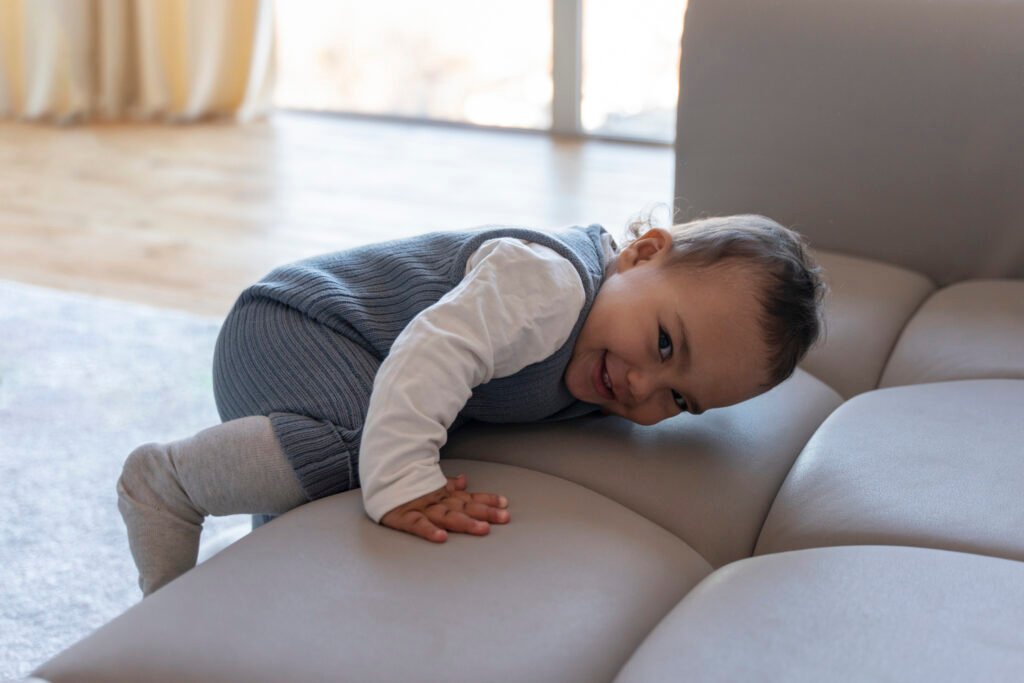
Your baby’s awake window is the ideal span of time they can stay awake between sleeps before becoming overtired. It varies by age:
(These are general guidelines—some babies need a little more or less.)
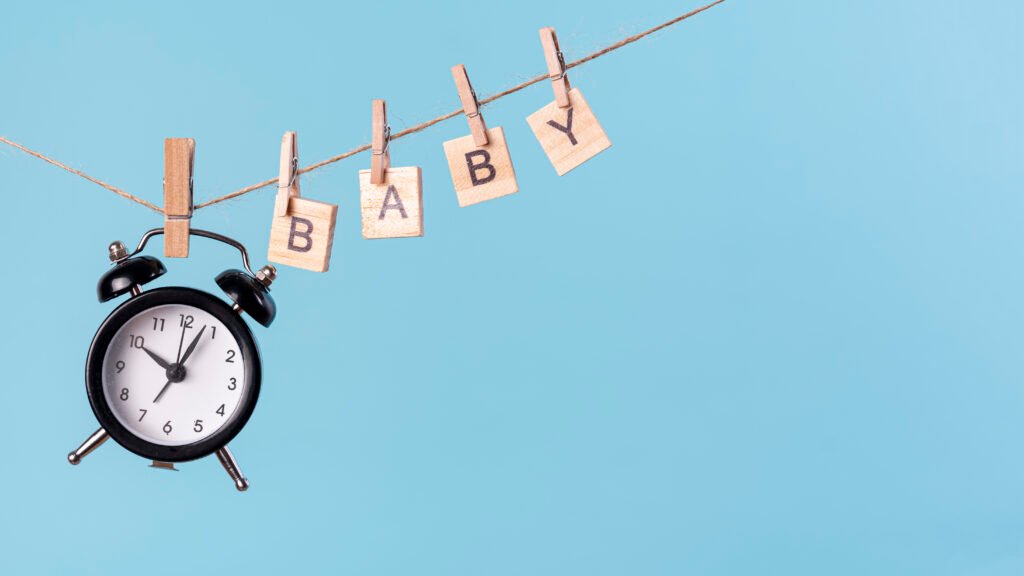
From the moment your baby wakes, start noting the clock. You can use a simple timer or a free app.
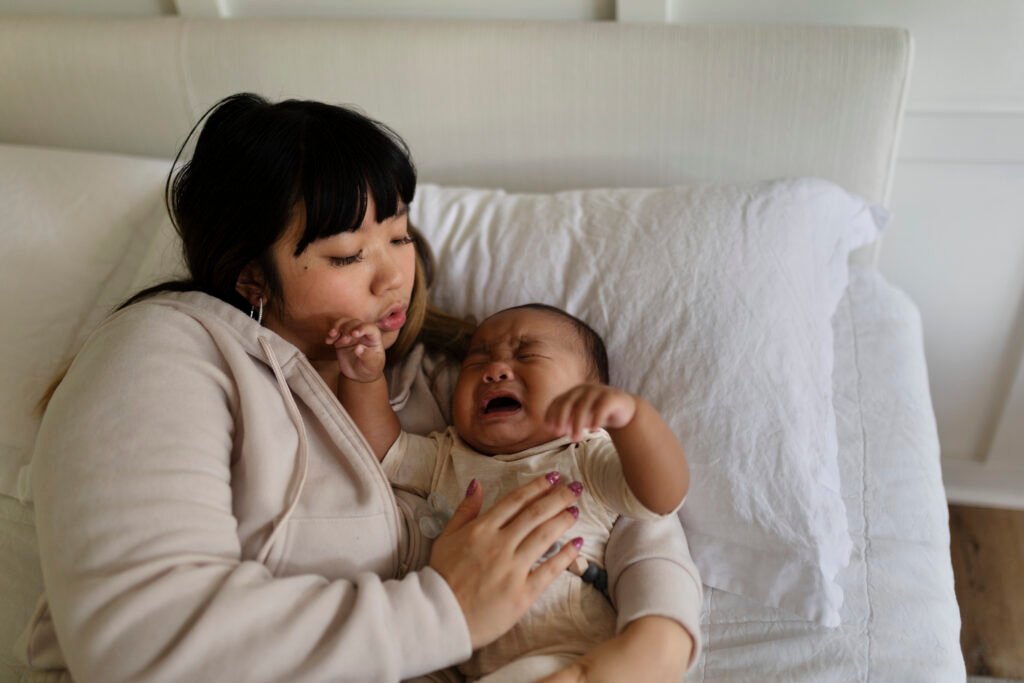
As you near the end of the awake window, watch for increased yawning, rubbing, or fussiness.
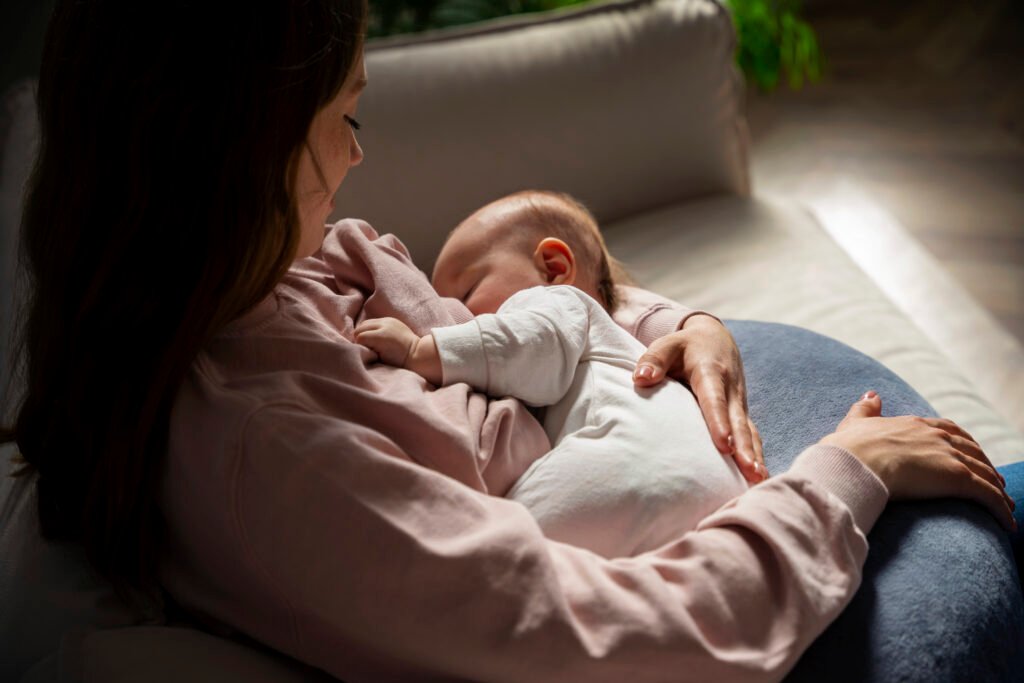
If the awake window has almost elapsed and you see real tired signs (not the random yawns or rubs), that’s your cue to begin the wind-down routine.
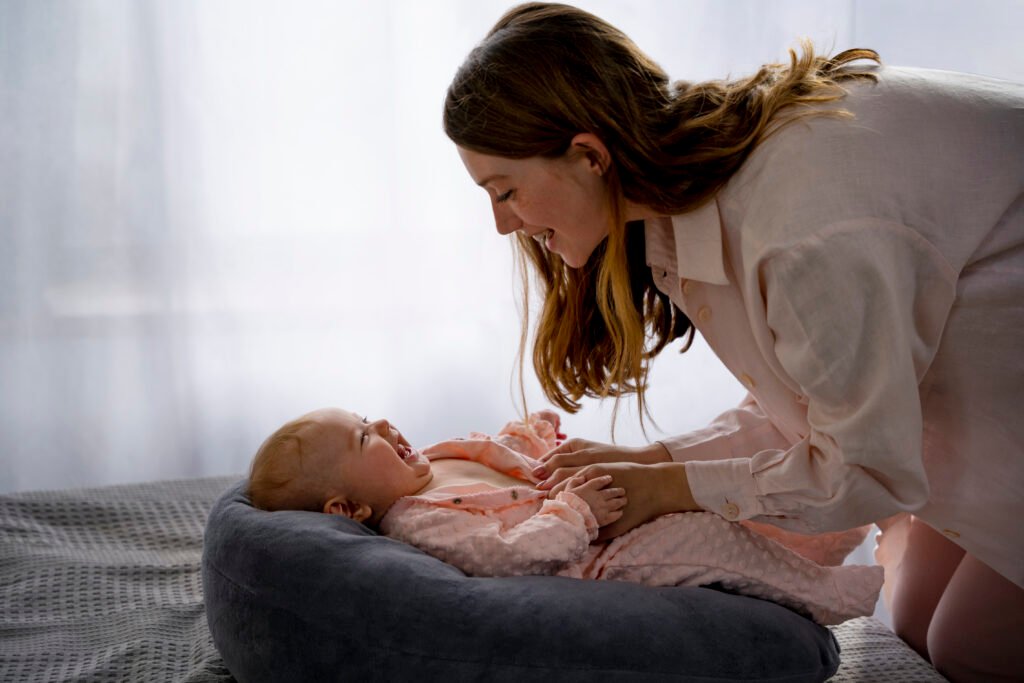
Follow the same steps—dim lights, quiet play or reading, gentle cuddles—so your baby associates those actions with sleep.
When tired signs and awake windows align, you’ll notice:
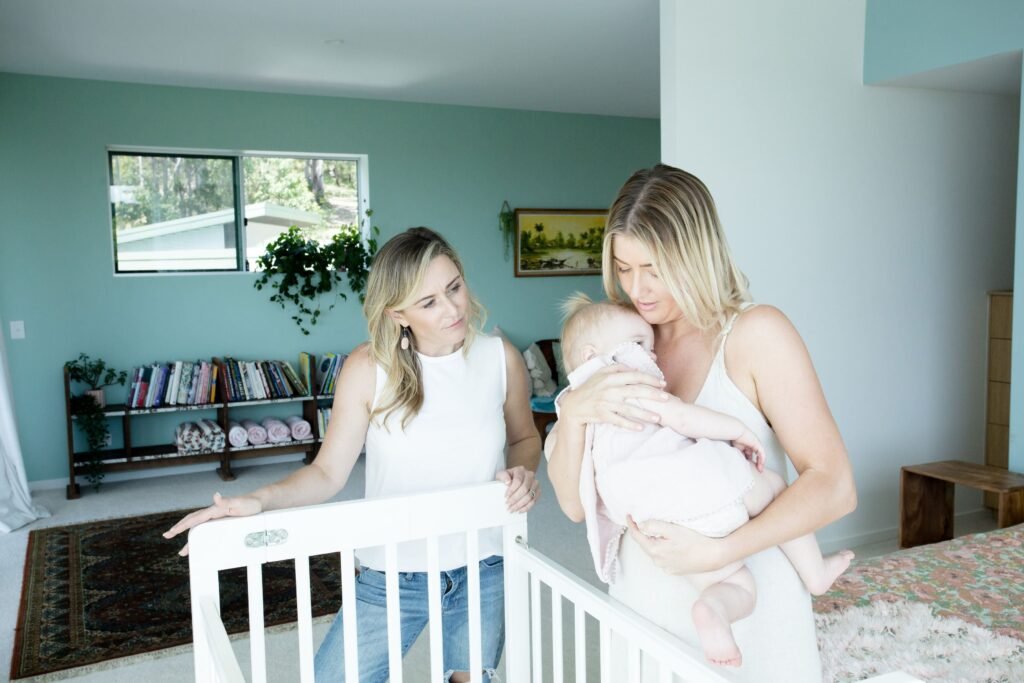
If you’re still unsure whether to trust tired signs—or want to map out the perfect awake windows for your little one—let’s work together. In a personalised sleep and routine consultation, we’ll use the 5 Routine Foundations to gently guide you forward and make sleep simple again.
Book your consultation today and bring calm back to your days.

You deserve a smoother, calmer routine—and now’s the perfect time to grab the tools that help.
From settling support to sleep saviours, we’re giving you up to 50% off some of our most-loved essentials